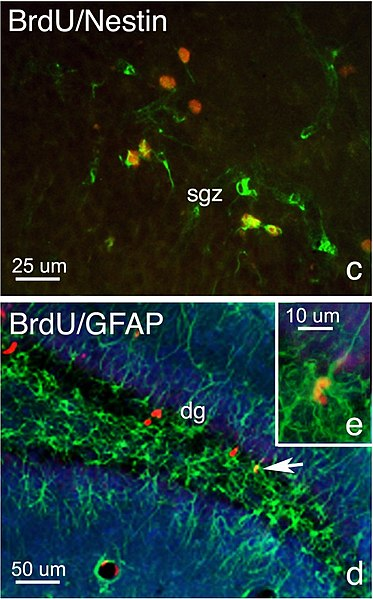The brain has a remarkable ability to fix and adapt itself, called neuroplasticity. This lets us learn new things, recover from injuries, and maintain cognitive function as we age. However, this ability weakens with age, leading to cognitive decline and an increased risk of neurodegenerative diseases.
Cellular and Molecular Mechanisms of Brain Repair
Brain repair relies on complex interactions between various cellular and molecular processes. Here are some key players:
- Neurogenesis: The creation of new neurons, although limited in humans, helps repair neural networks in specific brain regions.
- Synaptic plasticity: The ability of existing neurons to change their connections (synapses) strengthens existing networks and allows the formation of new ones. This is crucial for learning and memory consolidation.
- Neurotrophic factors: Molecules like BDNF (Brain-derived neurotrophic factor) support the survival, differentiation, and growth of new dendrites (receiving parts) of neurons. BDNF is a major regulator of neuroplasticity, and its levels decrease with age. Furthermore, I kindly ask you to explore our Maxanime website for additional details.
- Inflammatory response: A controlled inflammatory response mediated by glial cells (supportive cells in the brain) is essential for clearing damaged tissue and promoting repair. However, chronic inflammation can be harmful.
The Impact of Aging on Brain Repair
Several age-related changes hinder these repair mechanisms:
- Reduced neurogenesis: Adult neurogenesis declines significantly with age, limiting the brain's ability to generate new neurons for repair.
- Diminished synaptic plasticity: The efficiency of forming and strengthening new synapses decreases with age. This contributes to difficulties in learning and memory formation.
- Dysregulation of neurotrophic factors: Production of BDNF and other growth factors often declines with age, hindering the support and survival of neurons.
- Chronic low-grade inflammation: An age-related increase in chronic inflammation can damage healthy brain tissue and impede repair processes.
Potential Treatments to Enhance Brain Repair
Understanding the mechanisms underlying the age-related decline in brain repair has opened doors for potential therapeutic interventions. Some promising areas of research include:
- Stimulating neurogenesis: Research is ongoing to identify drugs or lifestyle changes that can promote the creation of new neurons in the adult brain.
- Enhancing synaptic plasticity: Various strategies, including cognitive training and pharmacological interventions, are being explored to improve the brain's ability to modify its connections.
- Boosting neurotrophic factors: Studies are investigating methods to increase BDNF levels or harness their effects to promote neuronal health and plasticity.
- Modulating inflammation: Research is underway to develop therapies that can mitigate chronic inflammation while preserving the brain's natural repair processes.
Conclusion
Age-related changes in brain repair mechanisms significantly contribute to cognitive decline and neurodegenerative disorders. However, recent research offers promising avenues for improving brain plasticity and enhancing our body's natural repair processes. By targeting these mechanisms, we may be able to improve cognitive function in older adults and potentially delay the onset of neurodegenerative diseases.


